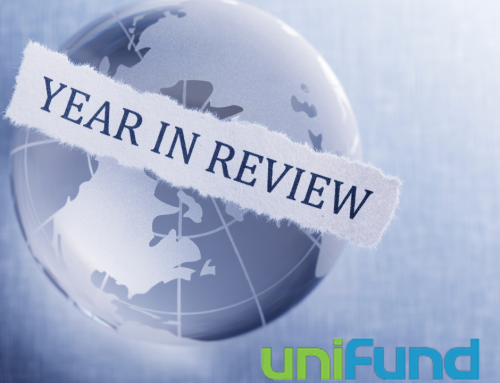The use of sophisticated technology to streamline mortgage lending is on the upswing, with the effect being speedier loan processing and, perhaps surprisingly, given the more rapid pace, no greater risk for default.
Fintech, as the technology is called, is simply a boiled down phrase for ‘financial technology.’ Reports from the Federal Reserve Bank show the few mortgage lenders that are currently utilizing the technology are producing dramatic results.
Making Loans Faster
The use of technology reduces the need to deliver stacks of financial documents to your lender. One of the hallmarks of FinTech in mortgage lending is the end-to-end online platform, meaning a borrower can get loan approval without ever visiting a brick and mortar location.
Analysis based on data collected under the Home Mortgage Disclosure Act demonstrates loans secured through FinTech applications close about 20 percent faster than those obtained through traditional banks, where the standard closing time is about 45 days. The chart below shows the closing time is even faster for refinance loans and even increases when differences in loan and borrower characteristics are adjusted for. Both comparisons are calculated based on the number of days between application and origination.
Risk vs. Reward
Assumptions that a simplified approval process might lead to higher default rates are proving to be wrong. In the chart below, the Fed has summarized data from Federal Housing Administration loans. FHA data was used as it’s typically the riskiest market sector, with borrowers often having low credit scores and posting low down-payments.
As the chart below shows, in a comparison of risk for FinTech lenders vs. traditional mortgage lenders, mortgage delinquency and default rates are substantially lower for FinTech loans. FinTech default rates are 29 percent lower for refinancing loans and 38 percent lower for purchase loans, according to Fed data. Note this data and differences are conditional on the borrower’s risk score, location, and the loan-to-value ratio of a loan, and controls for the month the loan is issued.
Constraints During High Demand Periods
There’s no secret that, as mortgage demand rises, so does processing time. A recent evaluation by the Fed shows FinTech lending times increase less during high-traffic periods than the times for bank lenders. The bi-scatter plot below summarizes the information, and further analysis suggests the trend holds true regardless of the location of the borrower.
Refinancing Behavior
Research (footnote below) shows many borrowers don’t optimally refinance their mortgages, taking advantage of lower rates. One of the benefits of FinTech – ease – is apparently leading to higher rates of refinancing. According to the Equifax Credit Risk Insight Servicing McDash (CRISM), which provides information on loan and borrower characteristics for tracking refinance activity, the number of borrowers for refinancing increases in areas offering FinTech mortgages.
The Federal Reserve Bank analyzed FinTech lenders for the period 2010-2016, and it’s clear this market is evolving. It’s also clear the technology results in faster loan origination, less risk, quicker loan resolution in high peak periods, and greater incidences of refinancing. What remains to be seen is how traditional lenders will adopt the technology.
SOURCE
http://libertystreeteconomics.newyorkfed.org/2018/06/how-is-technology-changing-the-mortgage-market.html
Error: Contact form not found.








